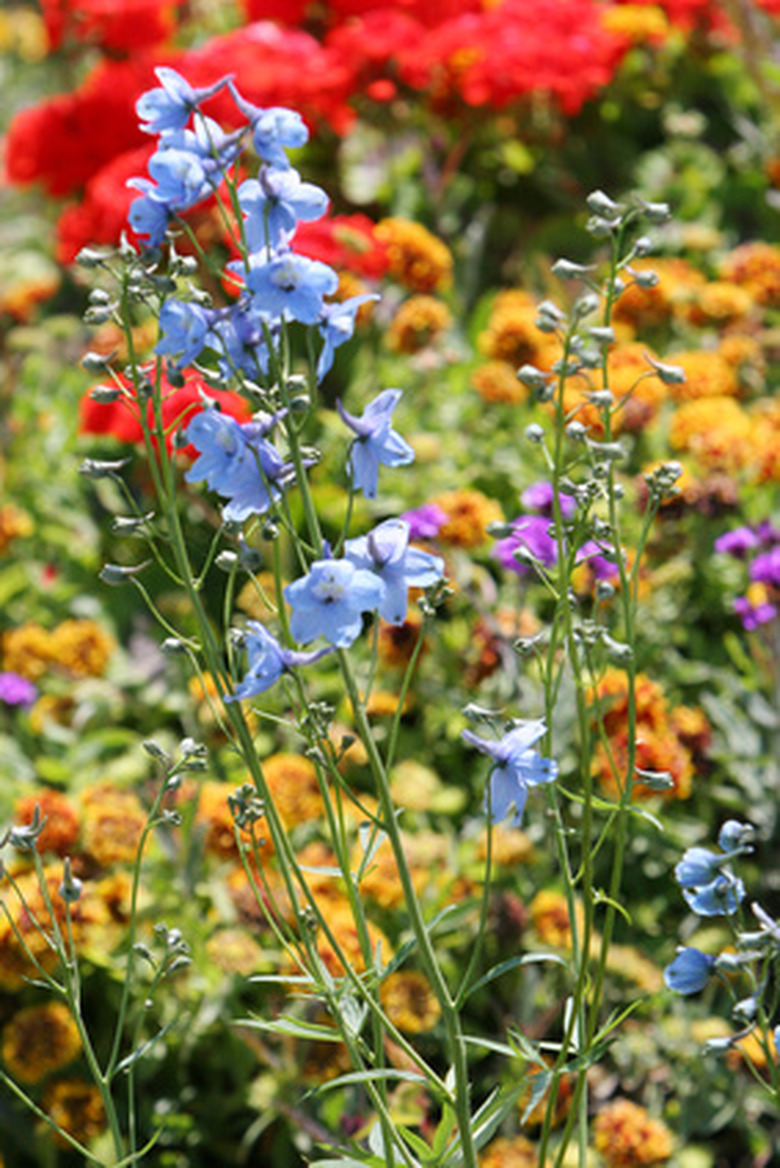Three Components Of Fertilizers
Those three numbers on the label of all garden fertilizers denote the percentage by weight of its main components: nitrogen, phosphorus and potassium. For example, a 100 lb. bag of fertilizer that is labeled 25-20-15 will contain 25 lbs. of nitrogen, 20 lbs. of phosphorus and 15 lbs. of potassium. The remaining 40 lbs. of material in the package is made up of filler ingredients, usually organic.
- Those three numbers on the label of all garden fertilizers denote the percentage by weight of its main components: nitrogen, phosphorus and potassium.
- bag of fertilizer that is labeled 25-20-15 will contain 25 lbs.
Nitrogen
All plants need nitrogen in order to grow leaves and stems that are lush and deep green. This promotes photosynthesis, which is necessary in order for plants to utilize food and water. The amount of nitrogen contained in any fertilizer is always denoted by the first of the three-number combination on the label. A fertilizer labeled 15-20-12 contains 15 percent nitrogen by weight.
Phosphorus
In order to develop strong roots and plentiful fruits, plants need phosphorus. This is denoted by the second number of the three-number combination on fertilizer labels. Phosphorus is most beneficial when used shortly after transplanting and again when the flowers bloom.
- All plants need nitrogen in order to grow leaves and stems that are lush and deep green.
- The amount of nitrogen contained in any fertilizer is always denoted by the first of the three-number combination on the label.
Potassium
The final number on the label denotes potassium content. Potassium helps plants grow large flowers with intense color and helps to promote the overall strength and vigor of plants. Potassium is the most beneficial fertilizer component to feed blooming plants–such as roses, flowering perennials and flowering annuals. Apply a slow-release granulated fertilizer to your rose and flower beds that has a high third number, such as 0-10-40, at the beginning of the growing season. This will encourage flowering plants to grow healthy and produce copious amounts of blooms. Remember to remove faded flowers so the plants don't set seed (fruit) and shut down production of flowers.
